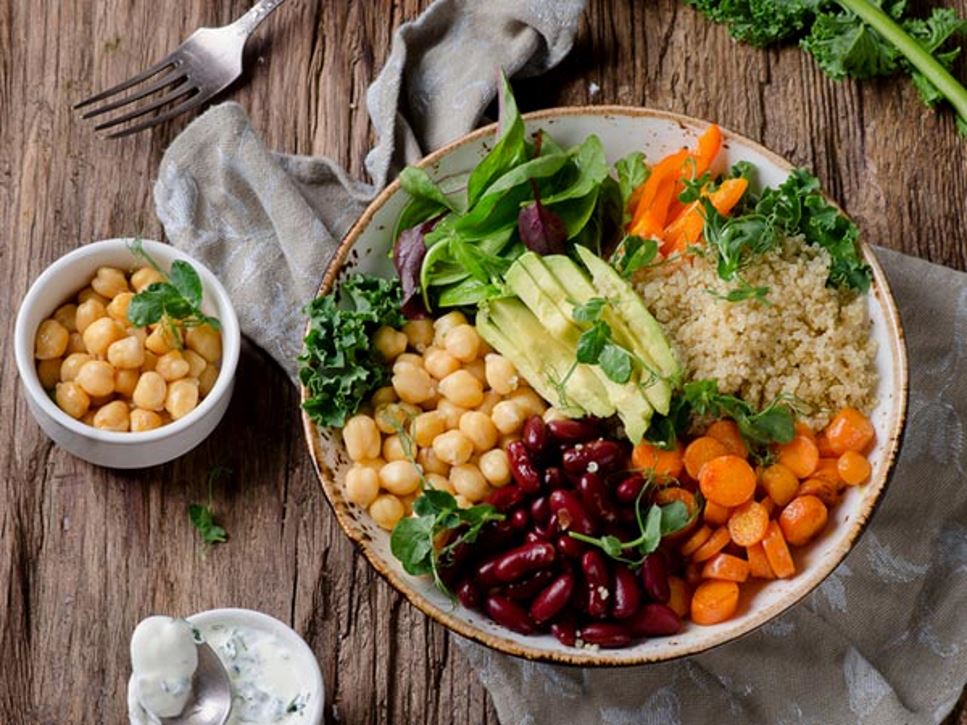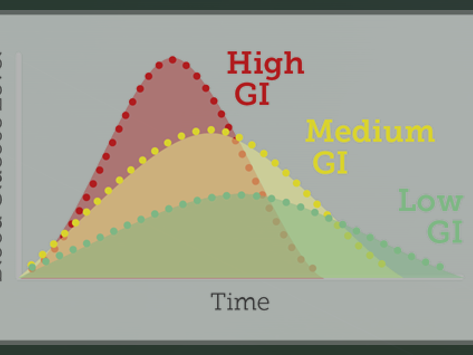Glycemic Index
What to Know About and How to Use a Glycemic Index

The glycemic index (GI) is a value used to measure how much specific foods increase blood sugar levels.
Foods are classified as low, medium, or high glycemic foods and ranked on a scale of 0–100.
The lower the GI of a specific food, the less it may affect your blood sugar levels.
Here are the three GI ratings:
- Low: 55 or less
- Medium: 56–69
- High: 70 or above
Digestion/Factors/GI vs GL
Foods high in refined carbs and sugar are digested more quickly and often have a high GI, while foods high in protein, fat, or fiber typically have a low GI. Foods that contain no carbs are not assigned a GI and include meat, fish, poultry, nuts, seeds, herbs, spices, and oils.
Other factors that affect the GI of a food include the ripeness, cooking method, type of sugar it contains, and amount of processing it has undergone.
Keep in mind that the glycemic index is different from the glycemic load (GL).
Unlike the GI, which doesn’t take into account the amount of food eaten, the GL factors in the number of carbs in a serving of a food to determine how it may affect blood sugar levels.
For this reason, it’s important to take both the glycemic index and glycemic load into consideration when selecting foods to help support healthy blood sugar levels.

Low GI Foods
A healthy, low glycemic diet should comprise mostly of:
- Fruits: apples, berries, oranges, lemons, limes, grapefruit
- Non-starchy vegetables: broccoli, cauliflower, carrots, spinach, tomatoes
- Whole grains: quinoa, barley, buckwheat, farro, oats
- Legumes: lentils, black beans, chickpeas, kidney beans
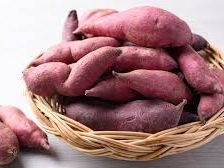
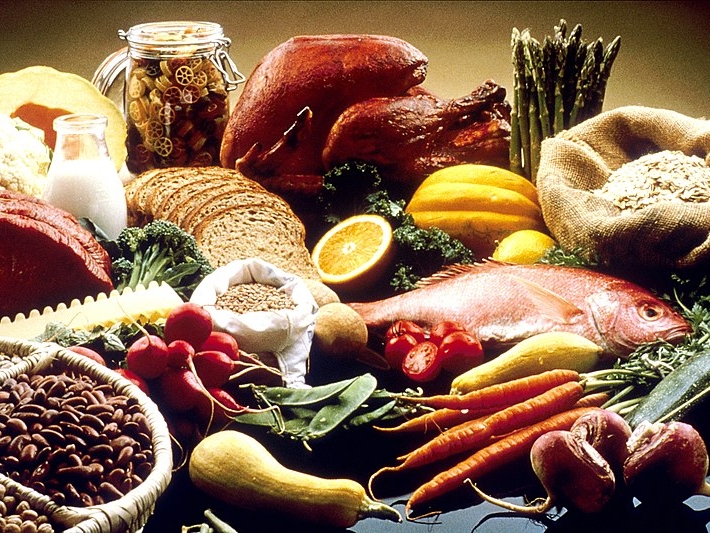
Foods very low or without a GI value
Foods without a GI value or with a very low GI can also be enjoyed as part of a balanced low glycemic diet. They include:
- Meat: beef, bison, lamb, pork
- Seafood: tuna, salmon, shrimp, mackerel, anchovies, sardines
- Poultry: chicken, turkey, duck, goose
- Oils: olive oil, coconut oil, avocado oil, vegetable oil
- Nuts: almonds, macadamia nuts, walnuts, pistachios
- Seeds: chia seeds, sesame seeds, hemp seeds, flax seeds
- Herbs and spices: turmeric, black pepper, cumin, dill, basil, rosemary, cinnamon
- Some pastas: Semolina and whole grain pasta
Foods with a High GI:
- Bread: white bread, bagels, naan, pita bread
- Rice: white rice, jasmine rice, arborio rice
- Cereals: instant oats, breakfast cereals
- Starchy vegetables: mashed potatoes, potatoes, french fries
- Baked goods: cake, doughnuts, cookies, croissants, muffins
- Snacks: chocolate, crackers, microwave popcorn, chips, pretzels
- Sugar-sweetened beverages: soda, fruit juice, sports drinks

Fruits
- Apples: 44
- Strawberries: 40
- Dates: 55
- Oranges: 45
- Banana: 62
- Mango: 60
- Blueberries: 53
- Pineapple: 66
- Watermelon: 50
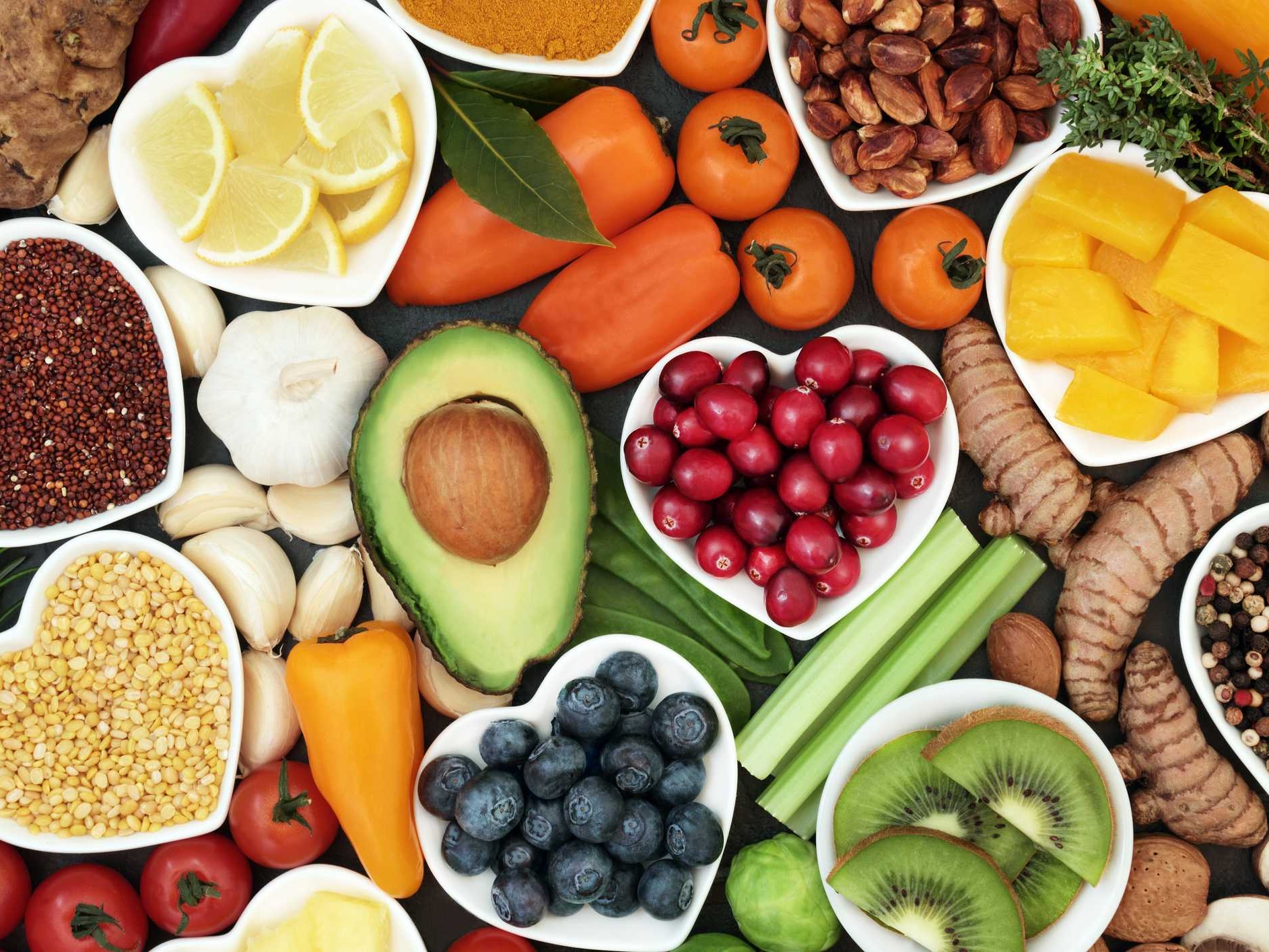
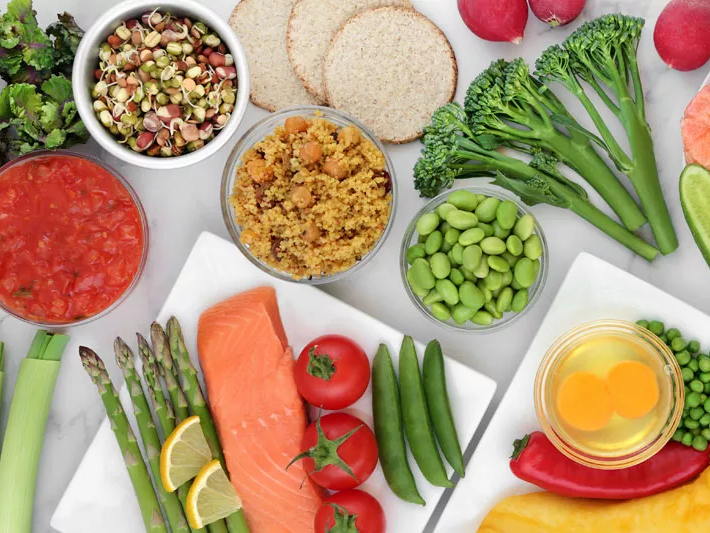
Vegetables
- Carrots (boiled): 32
- Plantains (boiled): 66
- Sweet potatoes (steamed): 71
- Pumpkin (boiled): 75
- Potatoes (boiled): 87
Grains
- Barley: 28
- Quinoa: 50
- Rolled oats: 57
- Couscous: 70
- Popcorn: 70
- Brown rice: 79
- White rice: 70
- Whole wheat bread: 73
- White bread: 81

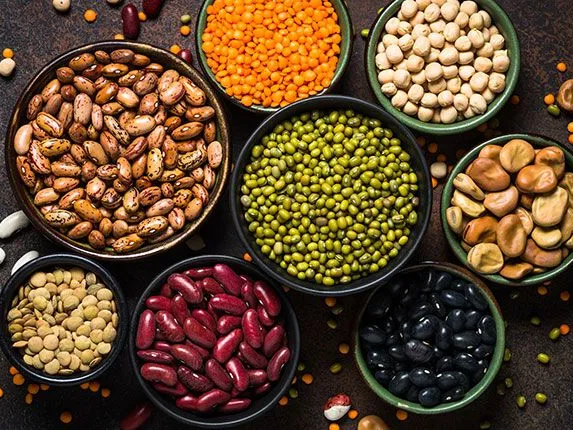
Legumes
- Soybeans: 16
- Kidney beans: 26
- Chickpeas: 33
- Lentils: 37
Dairy products and dairy alternatives
- Soymilk: 41
- Skim milk: 37
- Whole milk: 41
- Ice cream: 62
- Rice milk: 79
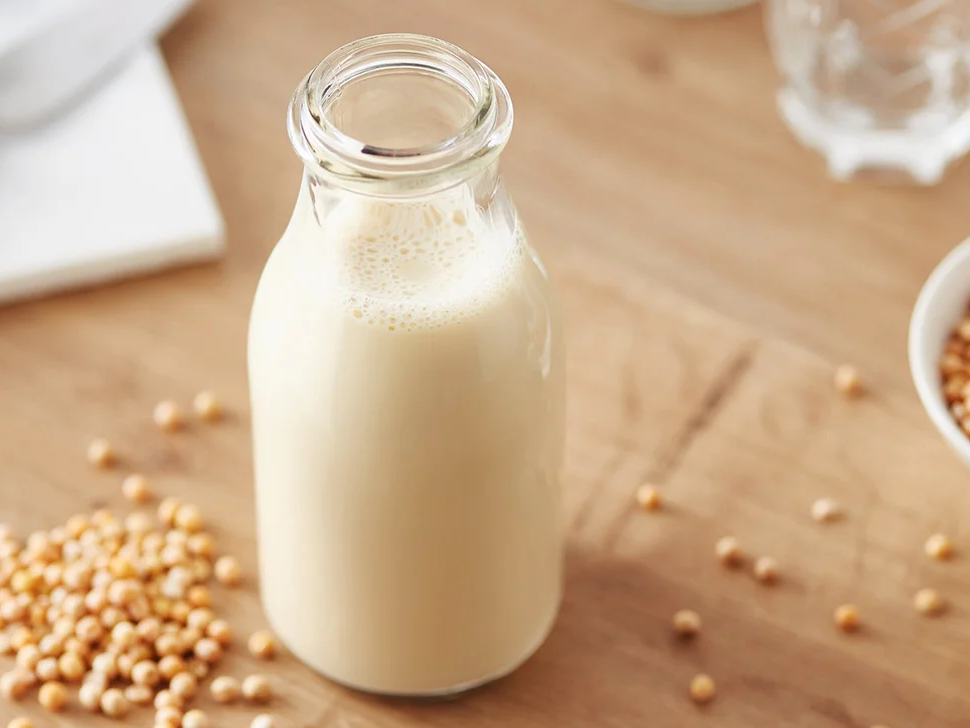
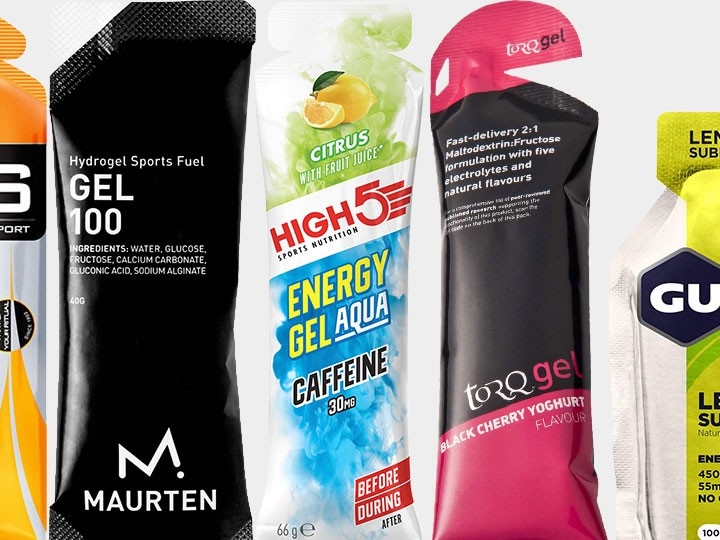
Sweeteners
- Fructose: 23
- Coconut sugar: 54
- Maple syrup: 54
- Honey: 59
- White sugar: 91
